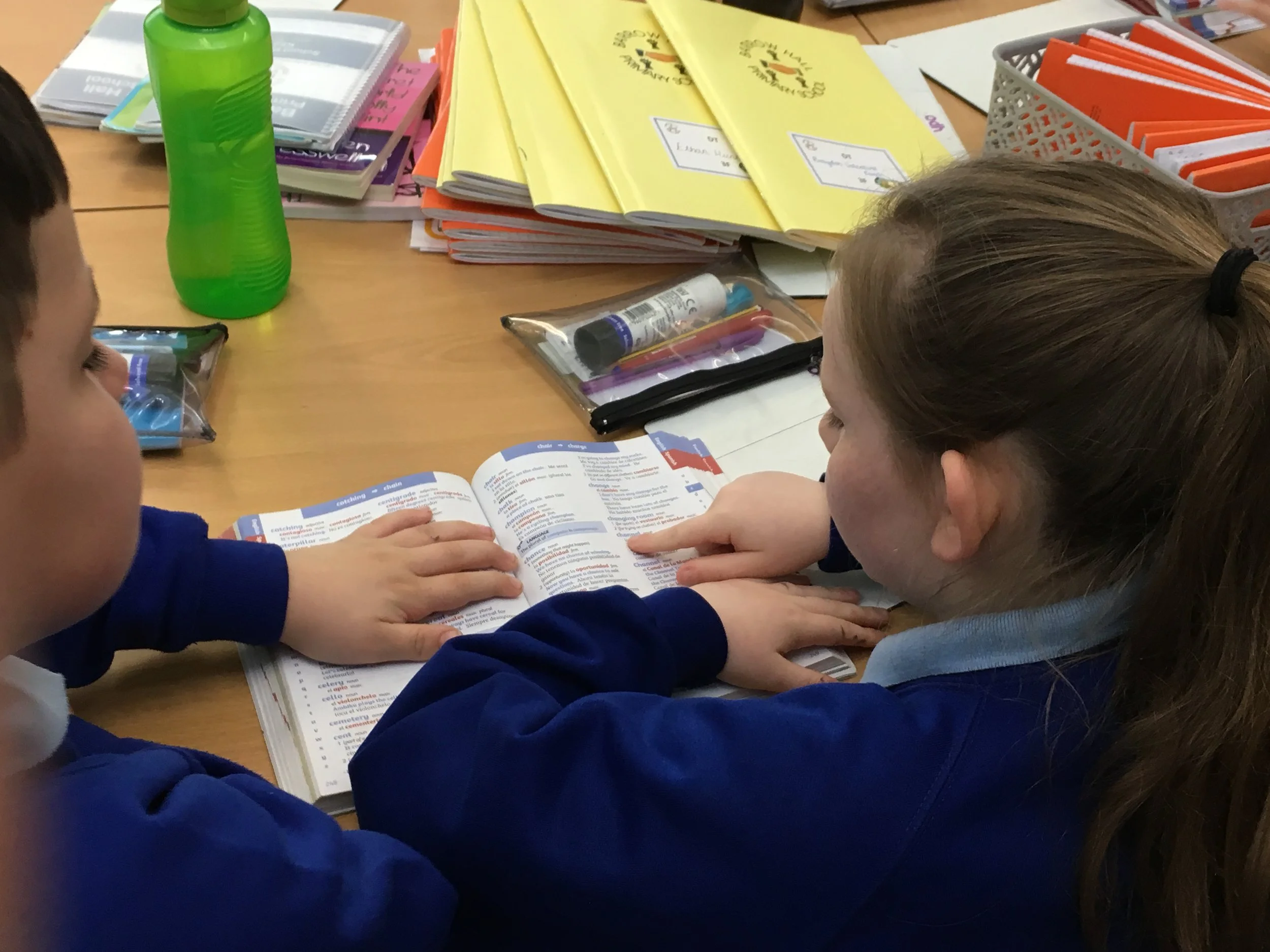Guest blog post : Susanne Wilson
How can primary practicitioners empower the next generation of primary class teachers and enable them to feel confident in the delivery of creative primary languages in their own future classrooms?
Here is a guest blog post from primary languages teacher and trainer,Susanne Wilson, about her ITT CPD on 25 April 2018, exploring and addressing this very question.
I was looking forward to seeing the Warrington Teaching School Alliance trainee primary teachers for the second time. Having met them in January we had already had a day’s training where I presented an introduction to MFL, so the trainees already had some experience in what MFL teaching in the primary classroom looks like.
Last Wednesday, the trainees came to the SMILE centre in Warrington full of enthusiasm and buzzing with ideas. Many had seen some of our Associate Teachers teaching French and Spanish in their placement schools so were keen to find out more.
The objective of this 2nd day of MFL training was to explore Creative Teaching and Learning, ways in which creative ideas can be brought to life and give excitement and relevance to Primary children learning a language.
First up we explored the theme of Dragons & Unicorns, a popular one with all our children and an exciting way of introducing SPAG points such as masculine/feminine, singular/plural. Well done for being such a great sports and taking on the Limbo challenge! An idea by Robert A which is great fun and believe it or not really helps the children to grasp the concept of masculine and feminine! The trainees enthusiastically played matching cards and dominoes too. Plenty more Total Physical Response games gave a practical element to their training with plenty of ideas to take away. They soon realised that all the ideas are transferable to other areas of the curriculum too.
Is it a bird, is it a plane, no it’s Superlinguists!
By exploring the theme of using Superheroes to learn adjectives, personal information and so much more, the trainees further grasped how creative you can be when teaching another language. So many resources are on the VLE and ready for teachers to use, however the trainees came up with loads of fresh ideas and fresh takes on the theme.
Here you can see the trainees making utility belts as a creative way of teaching classroom objects. Once again the extent to which this idea could be used across the curriculum was of great interest to the trainees. Plus once again they got stuck in with gusto!
Our third topic of the day was a cross curricular classic – The Romans. This time the trainees were tasked with creating their own series of MFL lessons on the theme, based on what we had learnt previously. Trainees worked brilliantly in groups and bounced great ideas off each other. Their new classes in September will be lucky to have them!
An afternoon exploring ICT and the use of Apps to creatively enhance language teaching and learning topped off a highly productive day. Michelle H’s expert and detailed webinar provided a platform from which the trainees could further explore the use of Apps in their MFL teaching. Creating Chatterpix characters and linking them to our morning’s themes of Superheroes, Romans and Dragons & Unicorns was fun, engaging and thought provoking, how can we get the most out of technology to inspire our children to learn a language?
The trainees really engaged with all the ideas and empowered themselves at the same time. They came away brimming with confidence, many saying that they felt ready to teach a foreign language now, even without being specialists.
And how did the next generation of teachers find the day? Well,here are some of their evaluation comments:
- Really enjoyed the day. Have lots of creative ideas. Feel much more confident about teaching a language and linking it to other subjects.
- Very useful training. Apps very useful.
- Great ideas to help with building confidence in teaching a FL.
- Lots of great ideas to take away and practical aspects. Engaging and informative.
- Engaging and informative. Lots of great ideas that I can apply. Susanne was very helpful and approachable. I felt I could ask her anything. Took away lots of ideas that I will be using in my classroom!
For more information on our CPD courses for ITT or for existing specialist and non-specialist Primary MFL teachers, please contact Primary Languages Network





































































